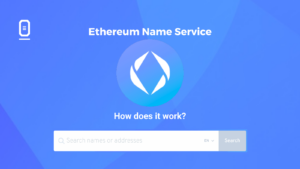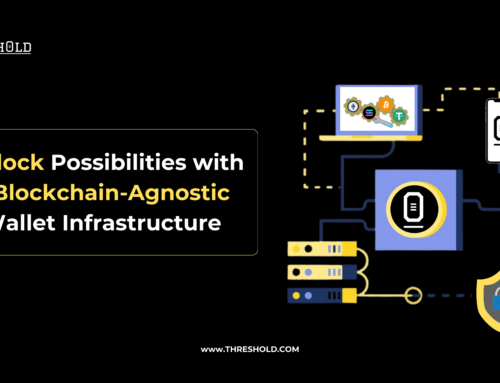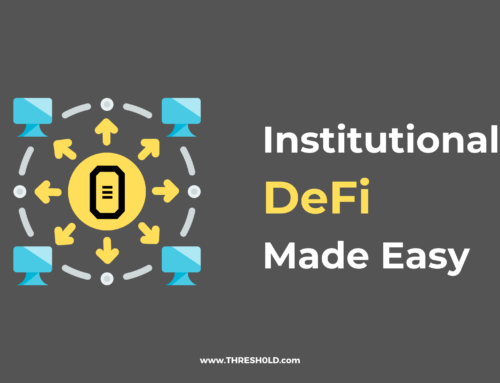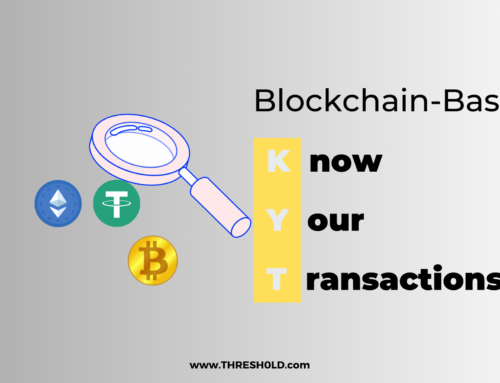Blockchain-powered domain name services have existed conceptually for over a decade, but it is only in the last few years that they gained popularity amongst crypto enthusiasts. This blog post reviews the most adopted crypto-based domain name service- Ethereum Name Service (ENS).
Ethereum Name Service
In the early days of the internet, you could only locate and access a website by inputting its IP address – a string of numbers difficult to remember and guess. However, in 1983, Paul Mockapetris launched the Domain Name Service (DNS). The DNS matches IP addresses with human-readable domain names. So now, 63.250.43.138 is THRESH0LD.com which is much easier to remember!
Like the IP address era, crypto is still in its early phase. For transactions, users are assigned long, difficult-to-remember addresses that are also hard to keep track of. That’s where the Ethereum Name Service comes in.
ENS gives users a readable username for accessing different blockchains and dapps. Read on to learn how it works.
What is ENS?
ENS is a name and lookup service that provides crypto users with human-readable addresses that receive and send crypto. ENS links the account information to names and is not a naming service solely for Ethereum but built on Ethereum. For example, say you want to receive ETH from a friend.
To do so, you must share your Ethereum public address of 42 hexadecimal characters, e.g., “0xf8e66f12bf….” The characters are the equivalent of your bank account number. With ENS, you can create a ‘Name’ for your public address, so instead of copying and pasting the long string of letters every time, you get a link, e.g., “THRESH0LD.eth,” automatically connected to your public address.
ENS also offers human-readable domains for other crypto wallets and websites — connecting all your addresses and websites under a single name so that you can receive any cryptocurrency or NFTs via your ENS domain.
How does ENS work?
ENS comprises of two Ethereum smart contracts. The first contract is the ENS registry which records the domains registered on ENS and stores critical information about each domain: the domain owner, the domain resolver for the domain, and the domain caching time.
The second contract is responsible for translating the addresses to domain names and vice versa. It matches each domain with its corresponding user, website, or address.
ENS uses a pay-by-year system. ENS doesn’t just support .eth, but also the most popular DNS names including .com, .org, .io, .app, and more.
What is the ENS token?
ENS is an open-source, fully decentralized protocol, which means a single entity does not manage it. Instead, the community governs the project as a DAO (decentralized autonomous organization).
The $ENS token provides access to DAO governance, the protocol’s utility, and governance token. ENS is used to submit proposals and cast votes influencing the project’s decision and future developments. Anyone holding ENS can participate in the voting and proposals on the ENS DAO.
What makes ENS unique?
One notable feature about ENS is that it does not intend to replace DNS, unlike its competitors. Instead, ENS focuses on providing a distributed, trustworthy name resolution for Web3 and blockchain applications. This contrasts with projects like Namecoin, Blockstack, and Unstoppable Domains, which are trying to replace DNS.
How to get an ENS domain
Start by visiting the ENS app and searching the domain of your choice. To register the name, you have to complete four steps:
1. Request to register:
Your wallet automatically opens, and you will be asked to confirm the first of the two transactions required for registration. It is important to note that you will need to start from step one if the second transaction is not processed within seven days of the first.
2. Select registration period:
Select how many years you want to register a domain. Each registration period has its cost payable in ETH.
3. Wait for a minute:
The waiting period ensures another user has not registered the same name.
4. Complete registration:
Click ‘register,’ and your wallet will reopen. Once the 2nd transaction is confirmed, you successfully get the domain name.
Now, as the domain owner, you can set up the different addresses or information you want that name to link through and any subdomains.
Moving forward: What ENS means for the crypto industry
The crypto space is highly technical, which has limited adoption of the technology by beginners. ENS is solving this major adoption issue by making crypto easier to use. As described above, ENS translates the long strings of characters for each address into short, memorable links which can interact with dapps and receive any cryptocurrency and NFTs.
Additionally, ENS has integrated the full DNS namespace, meaning owners of any internet domain can claim them on ENS. This integration has positioned ENS as a parallel extension of DNS. Ultimately, the protocol aims to connect a user’s wallets, websites, and subdomains under a single link. By doing so, ENS is removing the psychological roadblocks to global crypto adoption.
Just as ENS solves a major crypto adoption issue, THRESH0LD also makes building on the blockchain many times easier and cheaper.
Like to see how THRESH0LD works?





